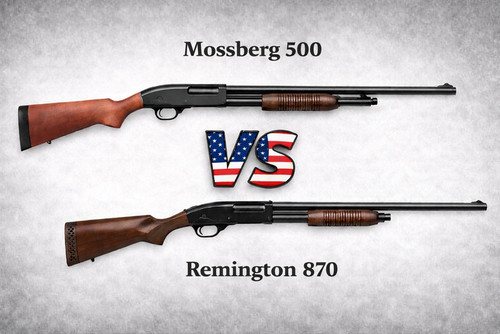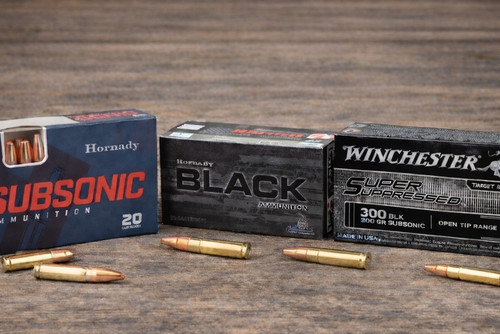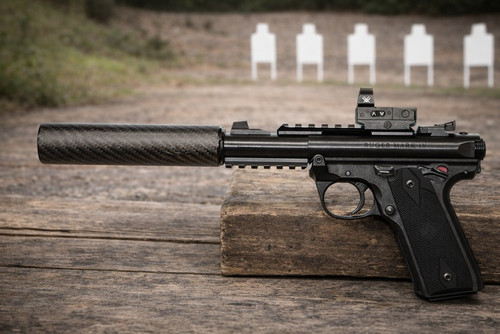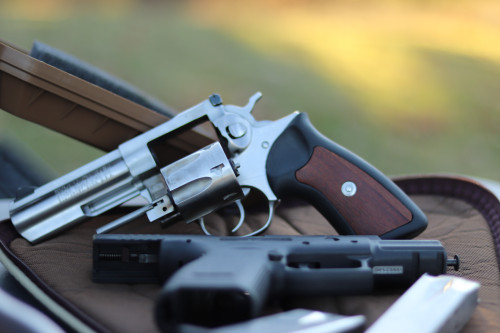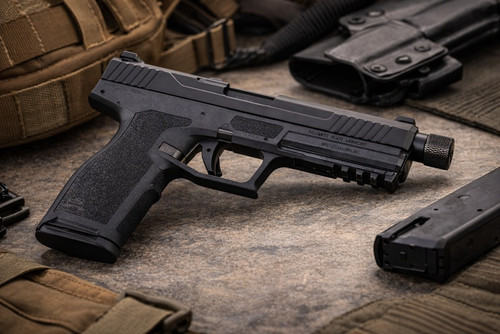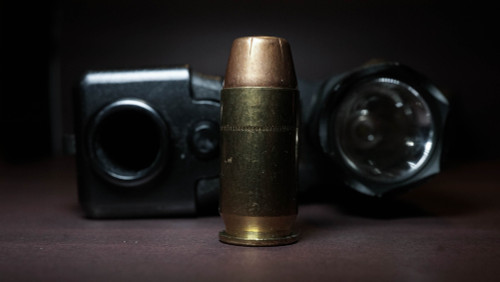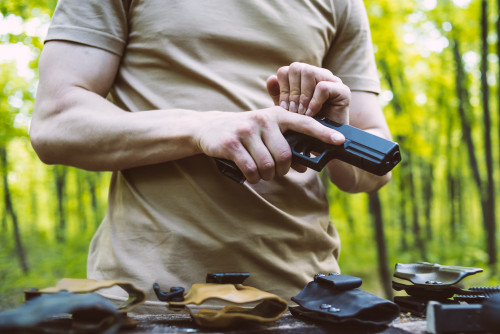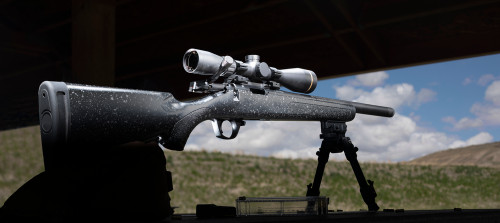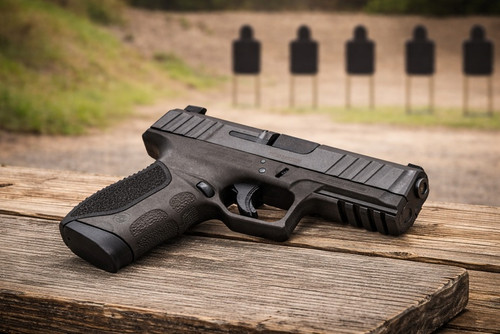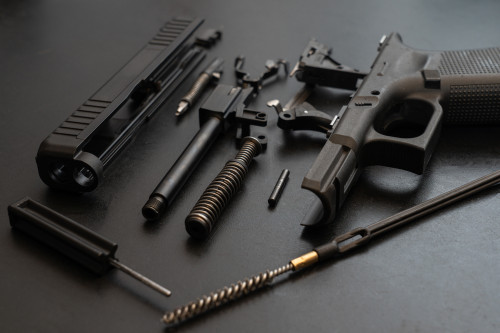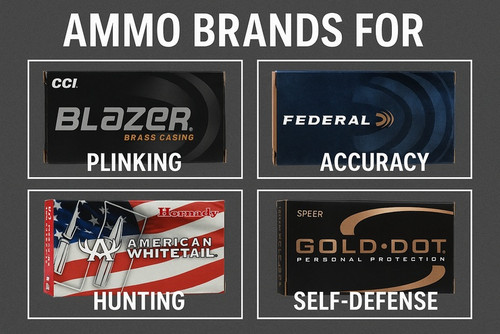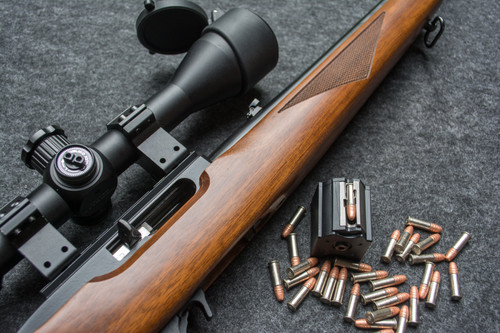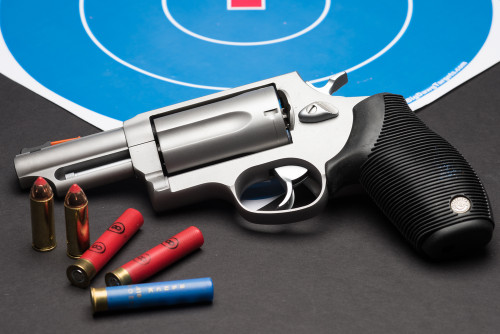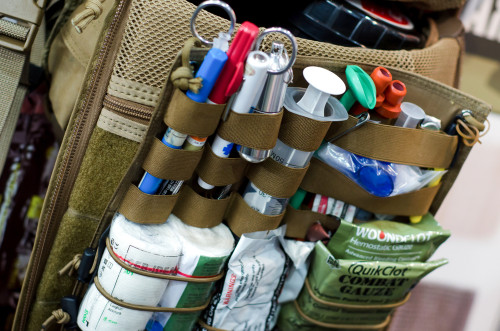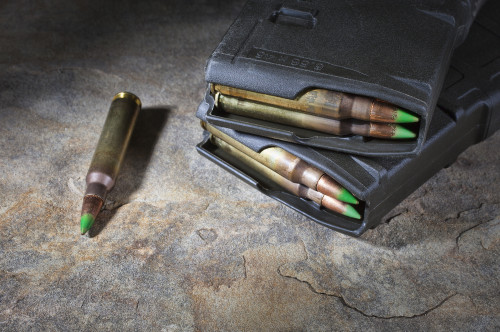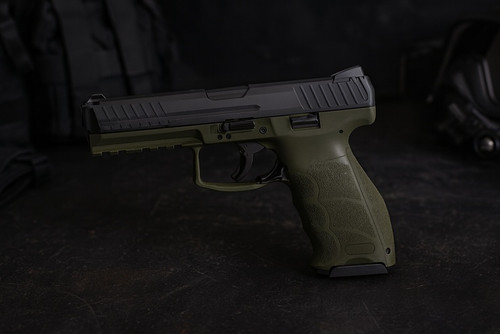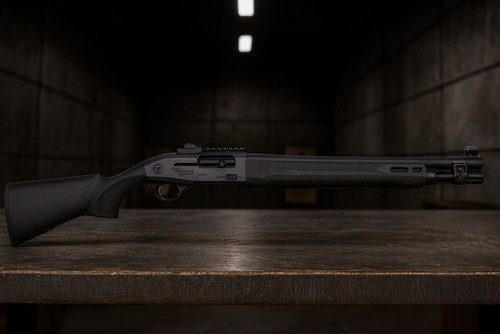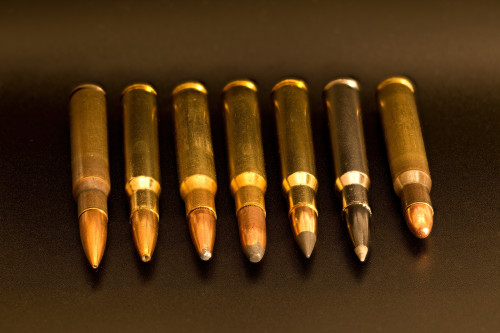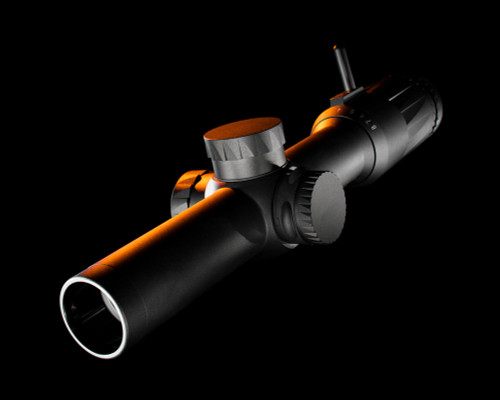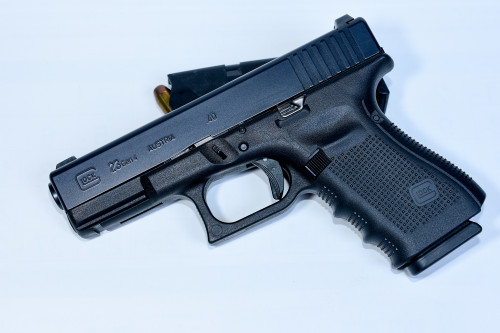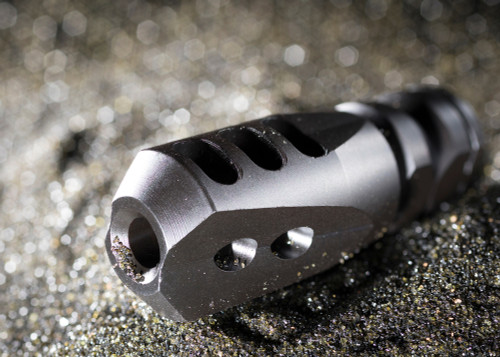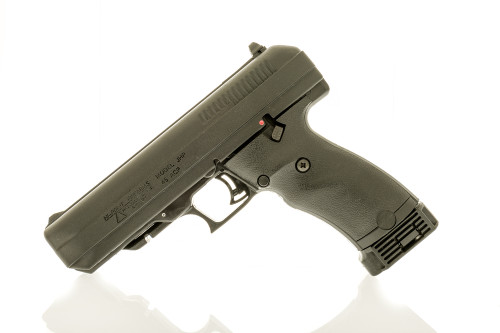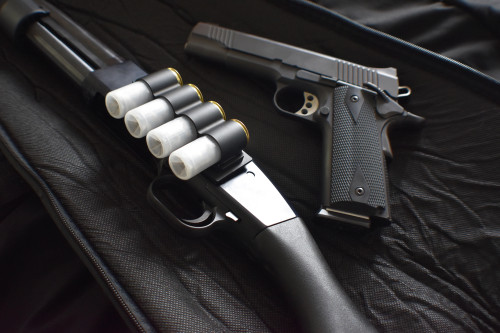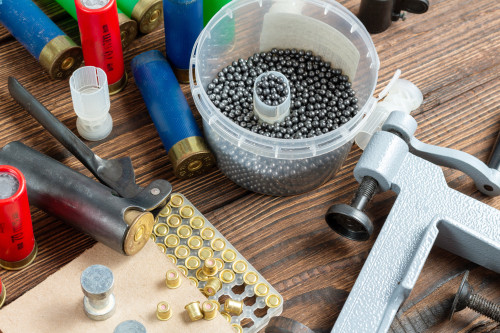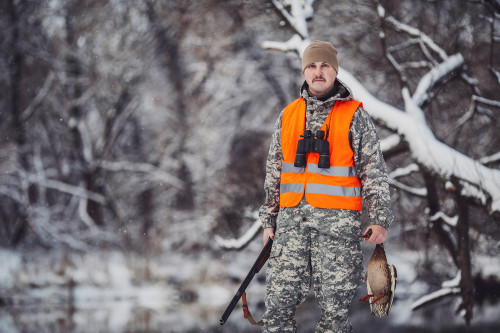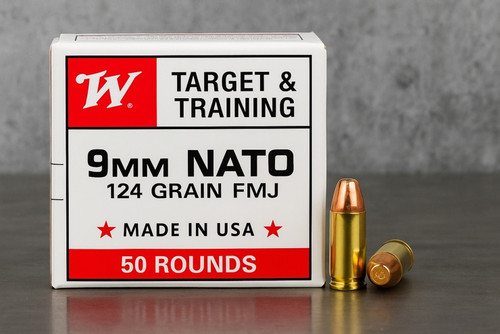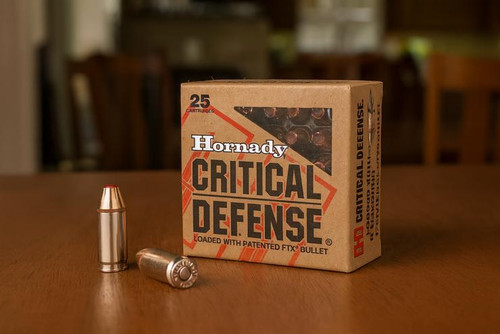What Caliber is the Best to Train With for First-Time Handgun Owners?
Selecting the right caliber to train with is crucial for first-time handgun owners and those interested in a concealed carry license. The caliber you choose can impact your training experience, your confidence, and your skill development. This blog will explore various calibers, their pros and cons, and why some may be better suited for those new to handgun ownership. Remember this blog is meant for those interested in purchasing their first handgun, so we will go over the basics of the highlighted calibers to help introduce those that are unfamiliar with handguns and calibers. We’ll give some insight to some of the terminology used in the firearm community so that everyone understands what it means to be responsible gun owners.
Understanding Calibers
Before diving into specific recommendations, it’s essential to understand what “caliber” means. In simple terms, the caliber of a firearm refers to the diameter of the bullet it fires. This is typically measured in inches or millimeters. For example, a .45 caliber bullet has a diameter of 0.452 inches, while a 9mm bullet has a diameter of .355 to .356 inches.
Factors to Consider When Choosing a Caliber
Recoil Management: For first-time shooters, managing recoil is a significant factor. A high-recoil caliber can be intimidating and can hinder learning proper shooting techniques. Most people anticipate the recoil with larger calibers and this can affect your ability to get rounds on target consistently. This is why it is suggested to start with a caliber with less recoil to get used to the report of the firearm discharging and recoil anticipation, then ultimately working up to the larger calibers.
Ammunition Cost and Availability: Training requires a lot of practice, which means you'll be buying ammunition in bulk. It's essential to choose a caliber that is affordable and readily available on your budget to be able to practice regularly, and maintain your current level or learn new techniques to help you advance your skill set.
Accuracy and Precision: Some calibers are easier to handle and shoot accurately, which is crucial for building confidence and improving shooting skills. Accuracy will improve over time with the proper amount of training, and you can begin to shoot more consistently, and confidently.
Self-Defense Effectiveness: While training is the primary focus, it is also important to consider the caliber's effectiveness for self-defense. Smaller calibers such as the .22 LR lack power and penetration, however they are still effective if you need to use them. While 9mm is one of the most popular self-defense rounds today, it is considered to strike the balance between versatility, performance, and recoil management.
Popular Calibers for First-Time Handgun Owners
.22 Long Rifle (LR)
Pros:
Low Recoil: The .22 LR is renowned for its minimal recoil, making it an excellent choice for beginners. This allows new shooters to focus on their grip, stance, and aim without being jolted by the firearm.
Affordable Ammunition: .22 LR ammunition is among the cheapest available, making it ideal for extensive practice sessions.
High Accuracy: Due to its low recoil, shooters can achieve high levels of accuracy, which is crucial for building confidence and skill.
Cons:
Limited Stopping Power: The .22 LR is not the most effective caliber for self-defense due to its low stopping power. While it can be lethal, it is less likely to incapacitate an attacker quickly compared to larger calibers.
Limited Range: The .22 LR is best suited for short to medium-range shooting, which may not be ideal for all training scenarios.
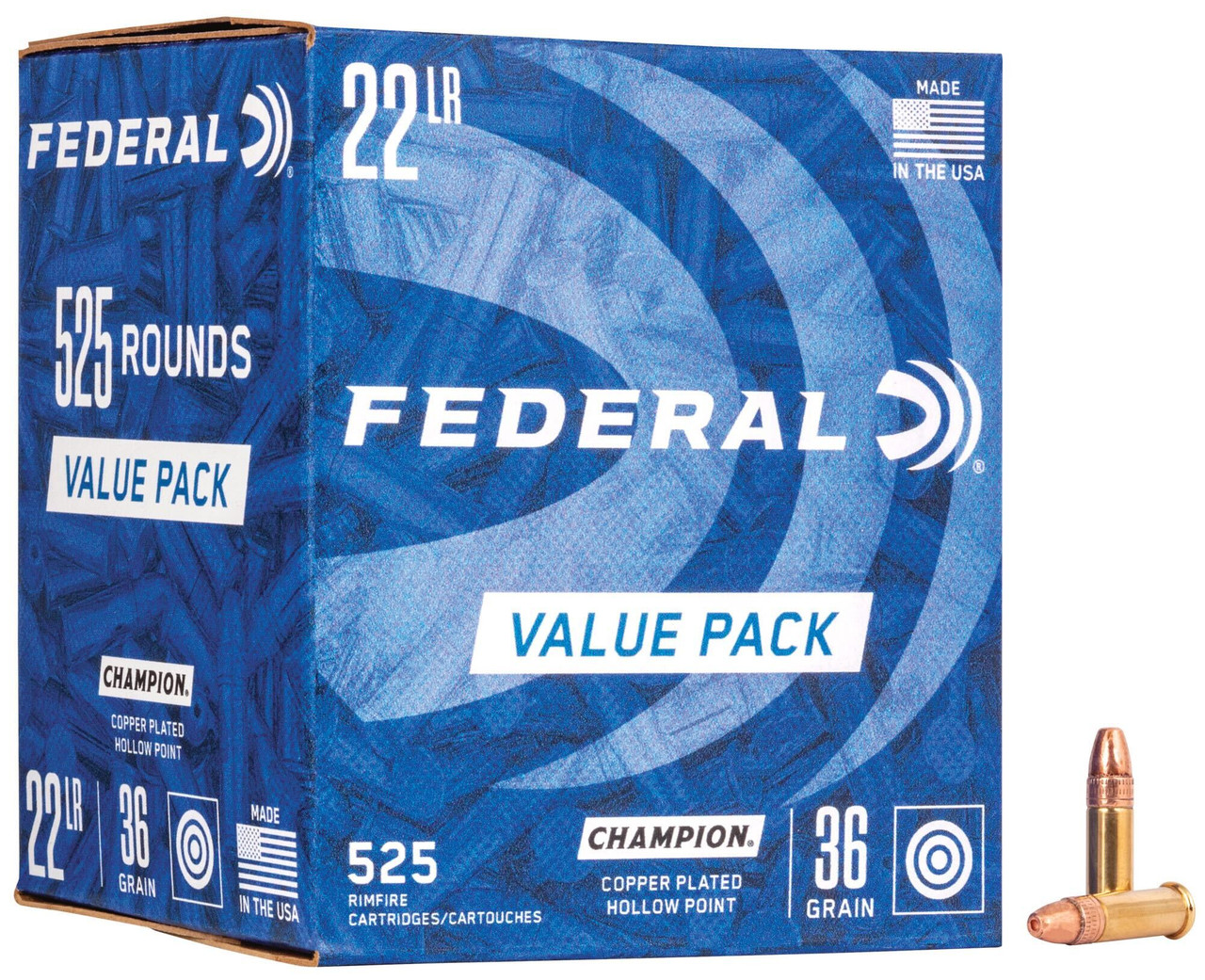
Federal .22 LR 36 Grain Copper Plated - Box of 525
$41.90
at Proarmory
Prices accurate at time of writing
.380 ACP
Pros:
Low Recoil: The .380 ACP has relatively low recoil, making it suitable for new shooters who might find the 9mm too much to handle.
Compact Firearms: Many .380 ACP handguns are compact and lightweight, which can be easier for beginners to handle and carry.
Effective for Close-Range Self-Defense: While not as powerful as the 9mm, the .380 ACP is still effective for close-range self-defense situations.
Cons:
Ammunition Cost: .380 ACP ammunition can be more expensive than 9mm, which might be a consideration for extensive training.
Limited Stopping Power: Similar to the .22 LR, the .380 ACP has less stopping power compared to larger calibers, though it is generally considered more effective than .22 LR.

PMC Bronze 380 ACP 90 Grain FMJ + Ammo Can
$56.00
at Proarmory
Prices accurate at time of writing
9mm Luger
Pros:
Balanced Recoil: The 9mm Luger offers a manageable recoil for most shooters. While it is more substantial than the .22 LR, it is still controllable for beginners.
Widespread Availability: 9mm ammunition is one of the most widely available and affordable, making it easy to find and purchase in bulk.
Effective for Self-Defense: The 9mm Luger is widely regarded as an effective caliber for self-defense, providing a good balance between stopping power and recoil.
Versatility: Many handguns are chambered in 9mm, offering a wide range of options for training and personal defense.
Cons:
Slightly Higher Recoil: Compared to the .22 LR, the 9mm has more recoil, which might be challenging for some first-time shooters initially.
Ammunition Cost: While more affordable than larger calibers, 9mm ammunition is more expensive than .22 LR, potentially increasing training costs.

Scorpio Ammo 9mm FMJ - 115 Grain
$13.88
at Proarmory
Prices accurate at time of writing
.40 S&W
Pros:
Good Stopping Power: The .40 S&W is known for its stopping power, making it effective for self-defense.
Availability: While not as common as 9mm, .40 S&W ammunition is still widely available.
Cons:
Higher Recoil: The .40 S&W has significantly more recoil than the 9mm, which can be challenging for beginners to manage.
Cost: Ammunition for .40 S&W is generally more expensive, which can add up during extensive training sessions.

Remington UMC Handgun 40 S&W Ammo 180 Grain FMJ 300 Round Bucket
$114.00
at Proarmory
Prices accurate at time of writing
.45 ACP
Pros:
Excellent Stopping Power: The .45 ACP is renowned for its stopping power, making it highly effective for self-defense.
Availability: .45 ACP ammunition is widely available, and many firearms are chambered for this caliber.
Cons:
High Recoil: The .45 ACP has substantial recoil, which can be intimidating and difficult to manage for new shooters.
Cost: Ammunition is more expensive than 9mm and .22 LR, making it a costlier option for training.
Recommendations
Based on the factors discussed, here are some specific recommendations for first-time handgun owners or those of you who are considering picking up a handgun for the first time.
Start with .22 LR: For absolute beginners, starting with a .22 LR handgun is often the best choice. The low recoil and affordable ammunition allow new shooters to learn the basics of shooting without being overwhelmed by recoil or high costs. A popular choice in this category is the Ruger Mark IV or the Smith & Wesson M&P22.
Consider the .380 ACP for your next step: Once you have become comfortable with the .22 LR, the next up is .380 ACP. This is a good alternative to the limited stopping power and reliability of the .22, recoil is still less than the 9mm, however some people feel that the stopping power is not as sufficient as a 9mm. Handguns like the Glock 42 or the Smith & Wesson M&P 380 Shield EZ are also popular choices.
Transition to 9mm Luger: Once comfortable with the basics, transitioning to a 9mm Luger handgun is a logical next step. The 9mm provides a good balance between manageable recoil and effectiveness for self-defense. This caliber can be found in frames ranging from sub-compact, to large frame configurations. Some excellent options in this category include the Glock 19, Sig Sauer P320, and Smith & Wesson M&P9.
Avoid .40 S&W and .45 ACP Initially: For first-time shooters, it's generally advisable to avoid starting with calibers like .40 S&W or .45 ACP. The higher recoil and ammunition cost can be discouraging and make the learning process more challenging. The recoil and report from firing these calibers can be somewhat of a challenge to overcome for those newer to owning a handgun.
Practical Training Tips
Focus on Fundamentals: Regardless of the caliber, it's crucial to focus on the fundamentals of shooting: grip, stance, sight alignment, and trigger control. These basics are the foundation of good marksmanship.
Use Quality Hearing and Eye Protection: Always use quality hearing and eye protection while shooting as this is important for safety and can help reduce the report of the firearm. Saving your hearing and the eye protection can help with any debris that may come from firing, whether it be carbon, excessive oil residue, or unburnt powder.
Practice Regularly: Regular practice is key to becoming proficient with any caliber. Frequent, shorter practice sessions are often more beneficial than occasional long ones. There are a variety of classes and training programs available to help build your proficiency as a responsible gun owner, so please take them, learn from them and advance your skills as often as possible. Also, look into local gun clubs and help build your local positive firearm community, while gaining information to better yourself as a responsible gun owner.
Dry Fire Practice: Incorporate dry fire practice into your routine as this involves practicing trigger control and aiming without live ammunition and is a cost-effective way to improve skills. There are a few options out there for laser/dryfire training at home, to help build your skills and become more experienced in handling your firearm with confidence.
Seek Professional Training: Consider taking a basic handgun training course from a certified instructor. Professional guidance can accelerate your learning and ensure you're practicing good techniques from the start. Doing this will help build skill and confidence during the learning process, helping you not only to become a responsible gun owner, but a confident shooter also.
Conclusion
Choosing the right caliber for training as a first-time handgun owner is crucial for building confidence and developing skills. The .22 LR is an excellent starting point due to its low recoil and affordability. As you become more comfortable, transitioning to a .380 ACP offers a low-recoil alternative. And then as your comfortability grows, moving to the 9mm Luger can then help to provide a good balance between training ease and self-defense effectiveness. It is generally best to avoid starting with higher recoil calibers like .40 S&W and .45 ACP.
Remember, the goal is to become proficient and confident in handling your handgun. By starting with a manageable caliber and focusing on the fundamentals, you can build a solid foundation for your shooting skills and ensure a positive and productive training experience. All the while becoming more versed on how to become a responsible gun owner. As always, be prepared, stay safe, and stay ready!




 Kyle
Kyle

